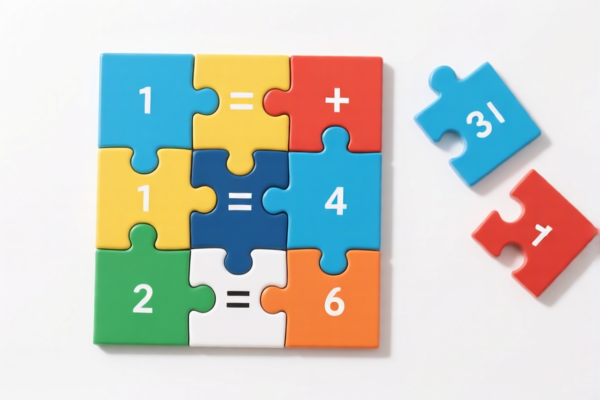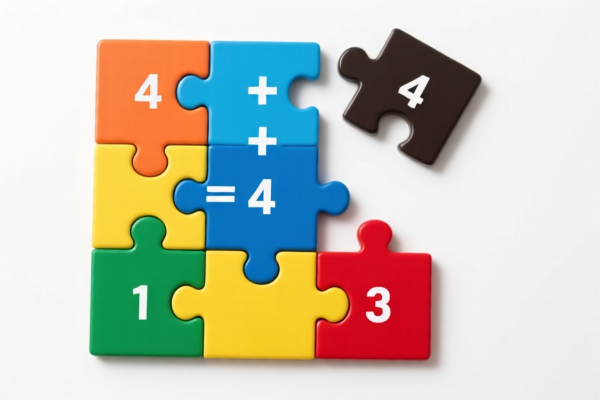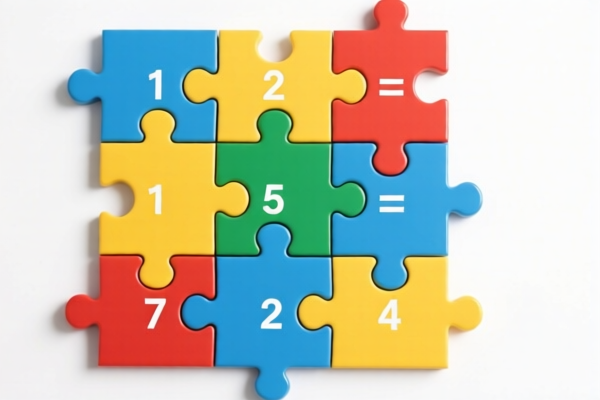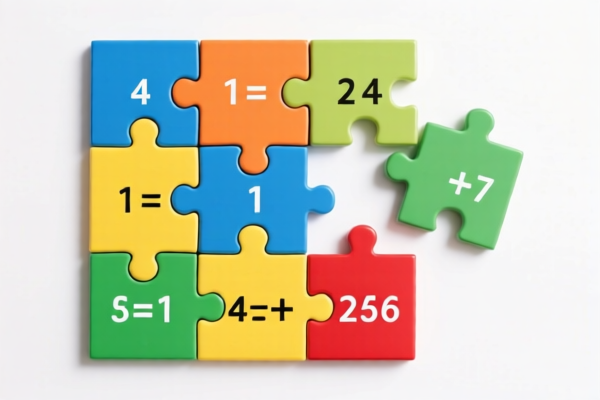| HS Code | Official Doc | Tariff Rate | Origin | Destination | Effective Date |
|---|---|---|---|---|---|
| 9503000011 | Doc | 30.0% | CN | US | 2025-05-12 |
| 9503000071 | Doc | 30.0% | CN | US | 2025-05-12 |
| 3926904000 | Doc | 32.8% | CN | US | 2025-05-12 |
| 3926909910 | Doc | 42.8% | CN | US | 2025-05-12 |
| 4911998000 | Doc | 37.5% | CN | US | 2025-05-12 |
| 4911996000 | Doc | 37.5% | CN | US | 2025-05-12 |
| 4901990050 | Doc | 37.5% | CN | US | 2025-05-12 |
| 4901990093 | Doc | 37.5% | CN | US | 2025-05-12 |




Puzzles
Puzzles are broadly defined as games, problems, or toys designed to test ingenuity or knowledge. They encompass a wide variety of forms, materials, and difficulty levels, often intended for recreation but also used for educational and cognitive development purposes.
Materials
Puzzles are constructed from a diverse range of materials, impacting their durability, complexity, and intended use. Common materials include:
- Cardboard/Paper: Frequently used for jigsaw puzzles, crosswords, and logic puzzles due to affordability and ease of production.
- Wood: Traditional material for tangrams, shape puzzles, and mechanical puzzles, offering robustness and a tactile experience.
- Plastic: Common for interlocking puzzles, 3D puzzles, and brain teasers, providing durability and moldability for intricate designs.
- Metal: Used for mechanical puzzles like disentanglement puzzles and metal brain teasers, known for their complexity and challenge.
- Electronics: Increasingly used in electronic puzzles and escape room-style games, incorporating lights, sounds, and interactive elements.
Purpose
The primary purpose of puzzles is to provide mental stimulation and entertainment. However, puzzles serve several secondary functions:
- Cognitive Development: Enhance problem-solving skills, spatial reasoning, logical thinking, and memory.
- Educational Tool: Used in learning environments to reinforce concepts in mathematics, science, language, and history.
- Stress Relief: Provide a relaxing and engaging activity that can reduce stress and improve focus.
- Team Building: Collaborative puzzles promote communication, cooperation, and shared problem-solving.
Function
Puzzles function by presenting a challenge that requires the solver to apply specific cognitive skills to reach a solution. These skills include:
- Pattern Recognition: Identifying recurring elements or sequences.
- Logical Deduction: Using reasoning to eliminate possibilities and arrive at a conclusion.
- Spatial Reasoning: Visualizing and manipulating objects in space.
- Problem Decomposition: Breaking down complex problems into smaller, manageable steps.
- Trial and Error: Experimenting with different approaches to find a solution.
Usage Scenarios
Puzzles are used in a variety of settings:
- Home Recreation: Individual or family entertainment.
- Classroom Education: Learning tool for various subjects.
- Therapeutic Settings: Cognitive rehabilitation and stress management.
- Escape Rooms: Immersive interactive challenges.
- Competitive Events: Puzzle-solving competitions and tournaments.
Common Types
The range of puzzle types is extensive. Some common examples include:
- Jigsaw Puzzles: Assembling fragmented images.
- Crossword Puzzles: Solving clues to fill in a grid with words.
- Sudoku: Logic-based number placement puzzle.
- Rubik's Cube: Mechanical puzzle involving manipulating colored squares.
- Tangrams: Dissecting a square into geometric shapes to form various figures.
- Logic Puzzles: Solving problems based on given rules and constraints.
- Word Search Puzzles: Finding hidden words within a grid of letters.
- Mechanical Puzzles: Physical puzzles requiring manipulation of parts.
- Brain Teasers: Riddles and challenges designed to test lateral thinking.
- Sliding Puzzles: Rearranging tiles within a frame to form an image.
- 3D Puzzles: Constructing three-dimensional models from interlocking pieces.
- Escape Room Puzzles: A collection of puzzles within a narrative context, typically requiring teamwork to solve.
Puzzles fall under various classifications depending on their specific characteristics. Here's a breakdown of relevant HS codes based on the provided information:
- 9503000011: This HS code covers Tricycles, scooters, pedal cars and similar wheeled toys; dollsʼ carriages; dolls, other toys; reduced-scale (“scaleˮ) models and similar recreational models, working or not; puzzles of all kinds; parts and accessories thereof. Specifically, it applies to “Childrenʼs productsˮ as defined in 15 U.S.C. § 2052: Inflatable toy balls, balloons and punchballs, of rubber: Labeled or determined by importer as intended for use by persons: Under 3 years of age. The tax rate is 30.0% (0.0% base rate + 30.0% additional tariff after April 2, 2025).
- 9503000071: This HS code also covers Tricycles, scooters, pedal cars and similar wheeled toys; dollsʼ carriages; dolls, other toys; reduced-scale (“scaleˮ) models and similar recreational models, working or not; puzzles of all kinds; parts and accessories thereof. However, it applies to “Childrenʼs productsˮ as defined in 15 U.S.C. § 2052: Other: Labeled or determined by importer as intended for use by persons: Under 3 years of age. The tax rate is 30.0% (0.0% base rate + 30.0% additional tariff after April 2, 2025).
Explanation of HS Code Structure (based on provided information):
- 95: Chapter 95 covers Toys, games and sports requisites; gymnastic or athletic articles.
- 03: Heading 03 within Chapter 95 specifically covers Tricycles, scooters, pedal cars and similar wheeled toys; dollsʼ carriages; dolls, other toys; reduced-scale (“scaleˮ) models and similar recreational models, working or not; puzzles of all kinds; parts and accessories thereof.
- 000011 / 000071: These are further subdivisions specifying the type of children’s product and the intended age group (under 3 years of age).
Important Note:
According to the provided reference material, the HS code options related to 'puzzles' are limited, with only the following 2 found. It is crucial to determine whether the puzzles are specifically labeled or determined by the importer as intended for use by persons under 3 years of age to select the correct HS code (9503000011 or 9503000071). Both codes have a total tax rate of 30.0% after April 2, 2025.
Customer Reviews
No reviews yet.